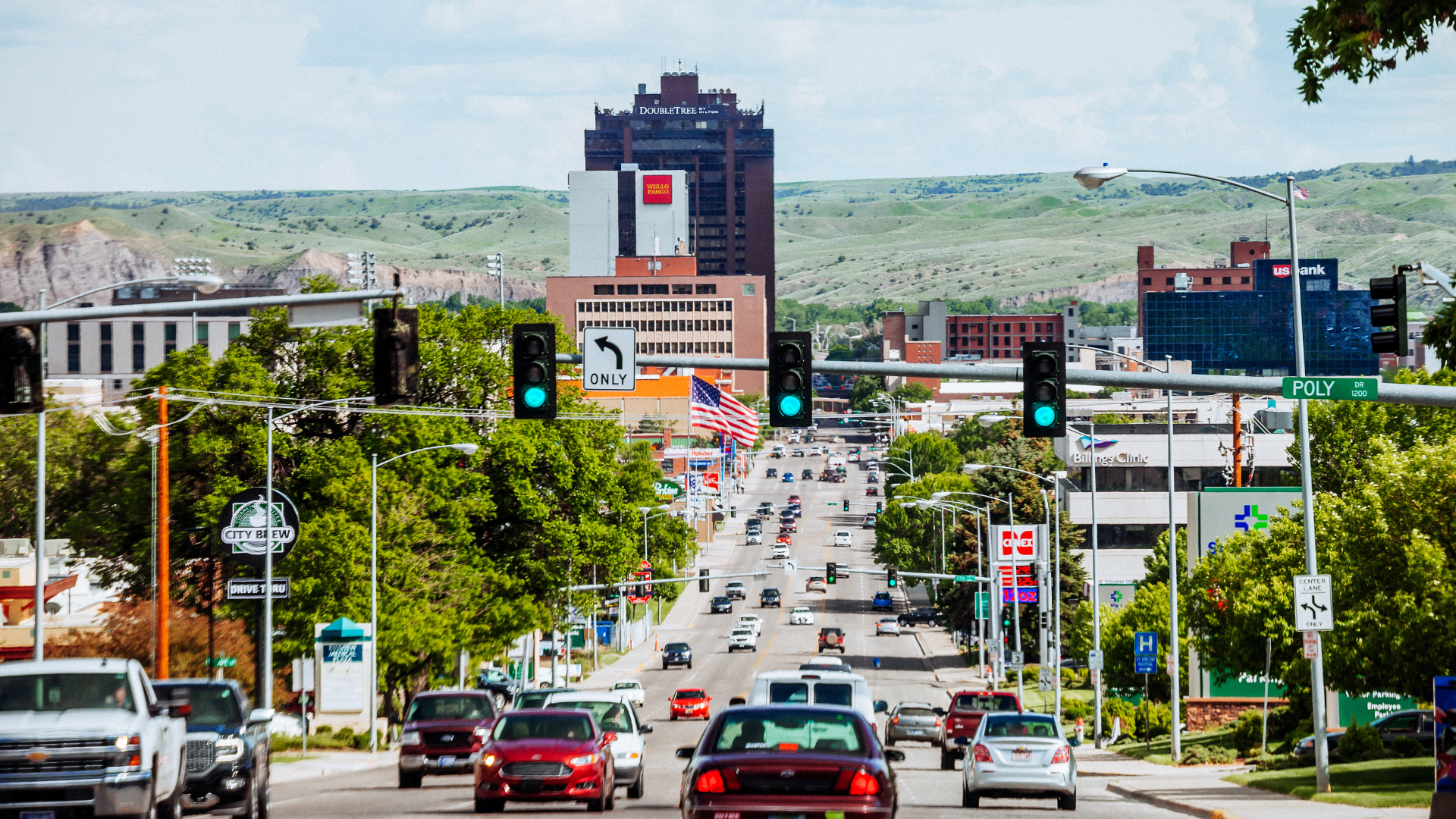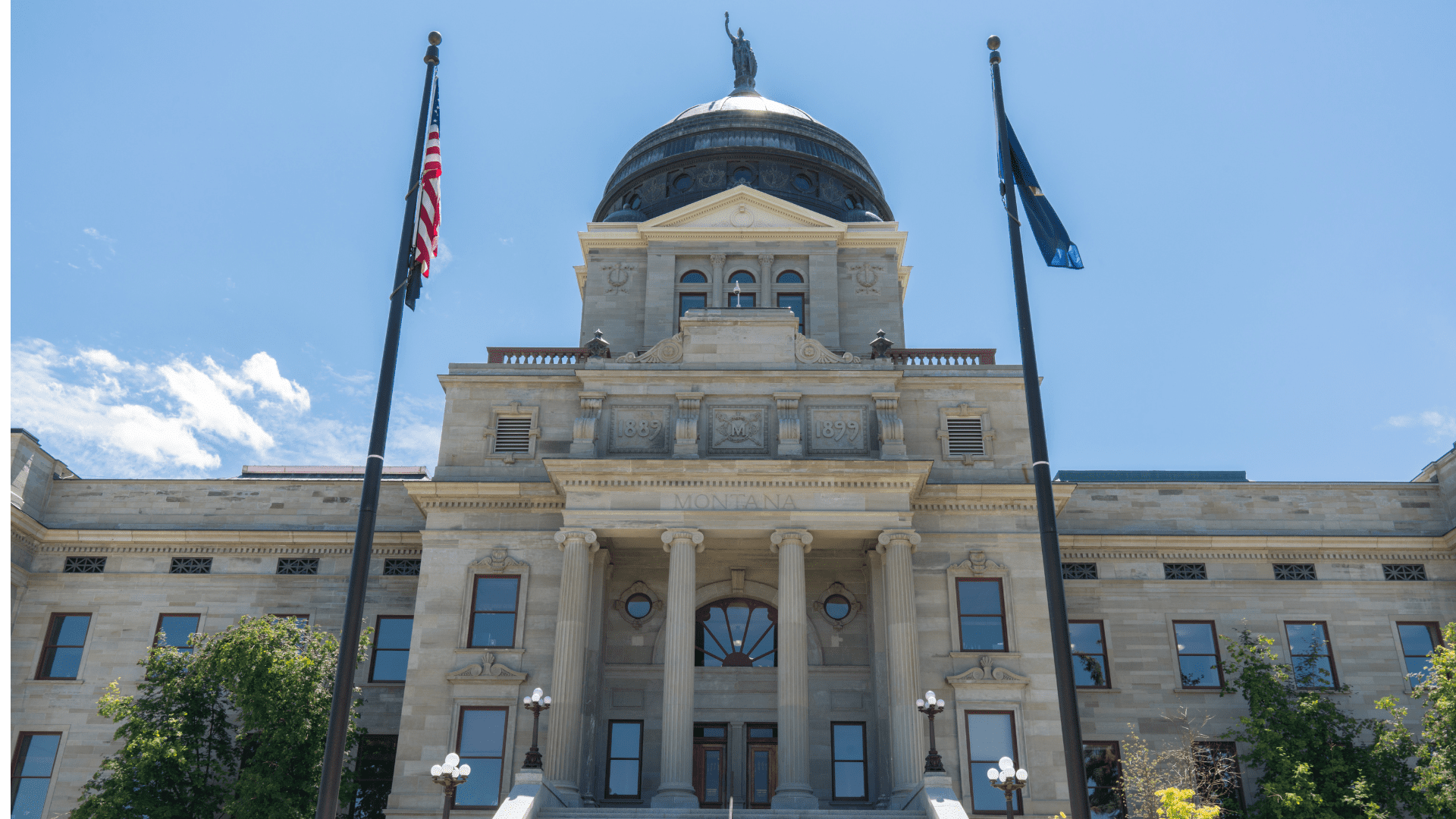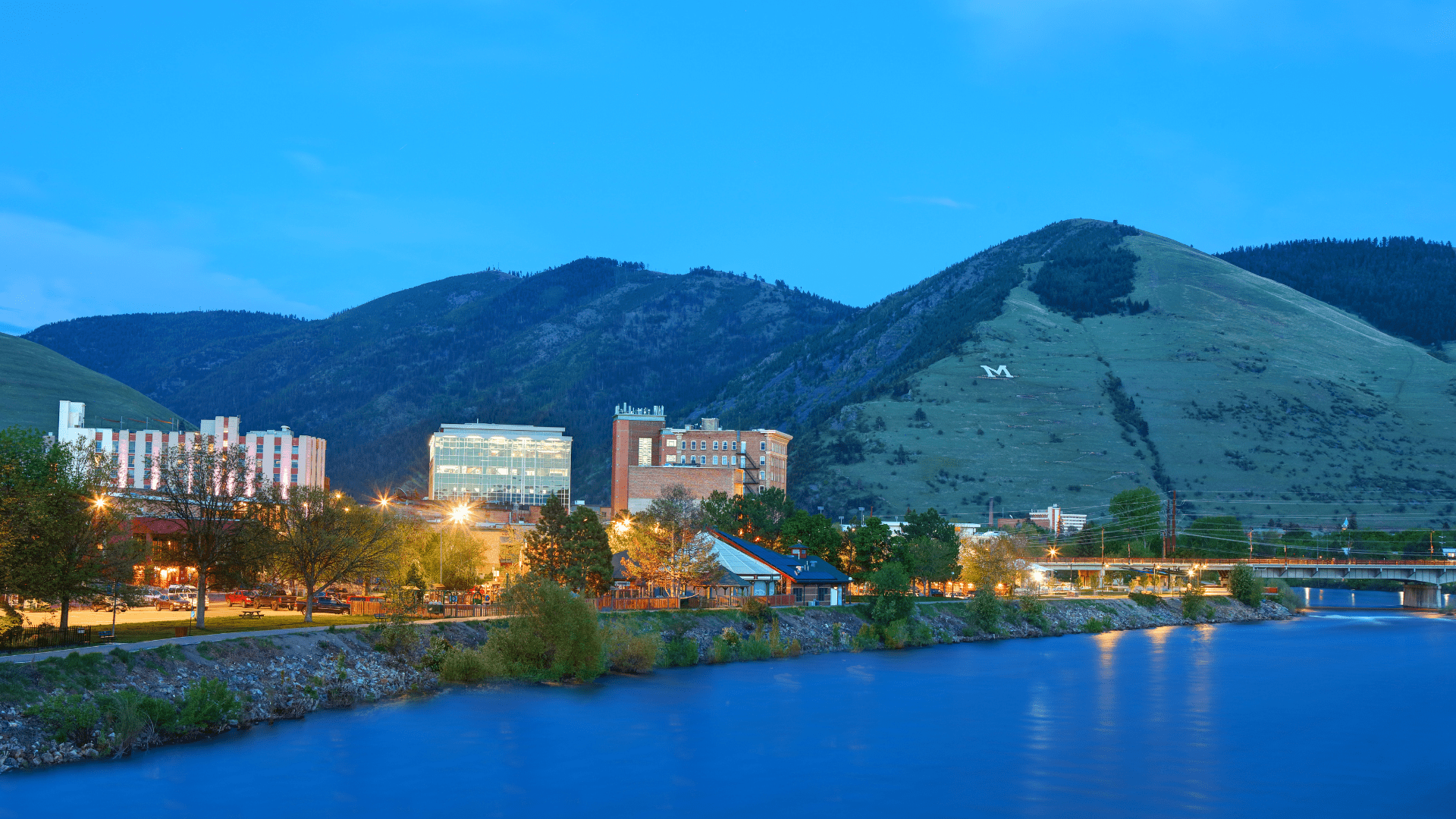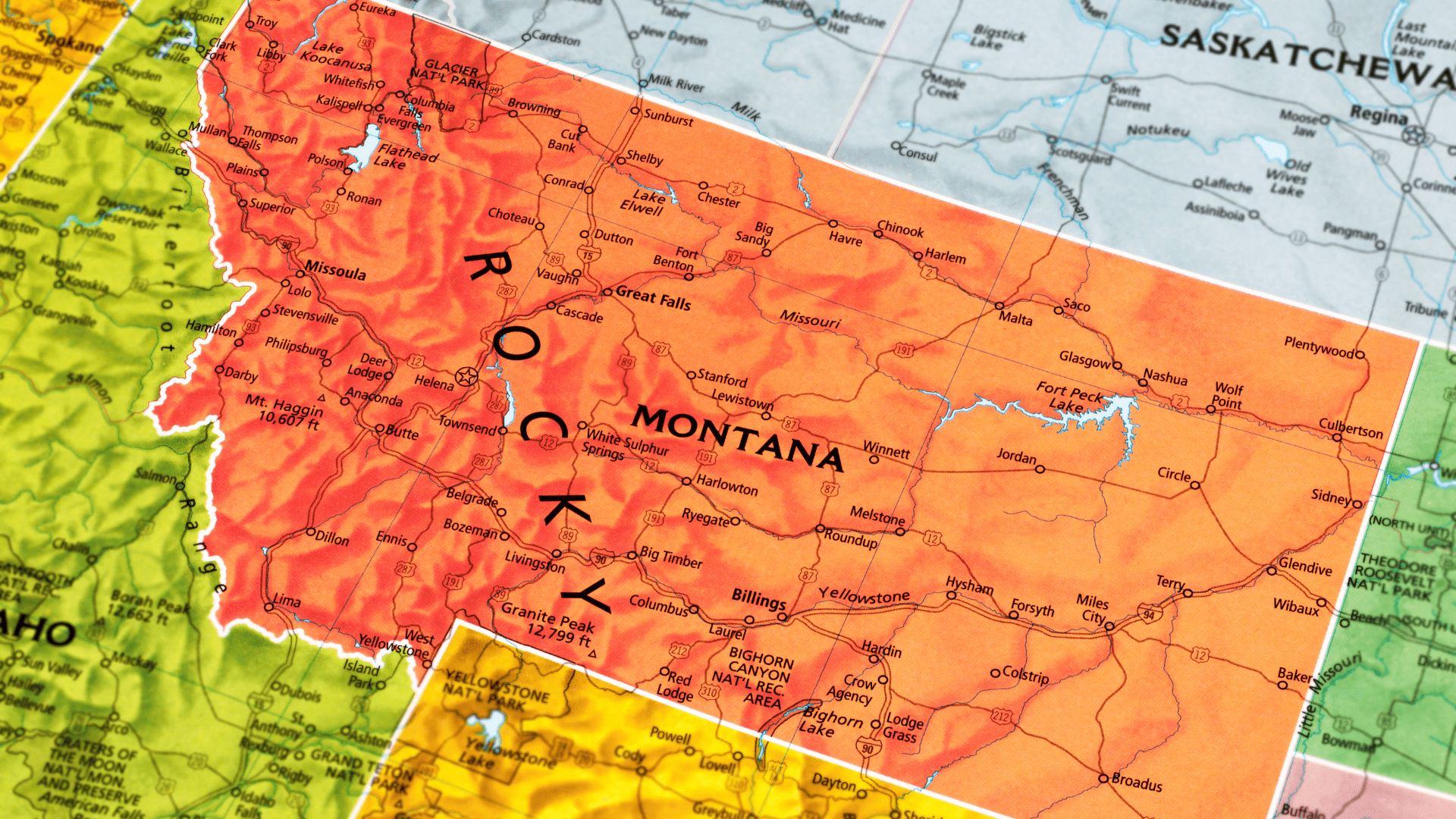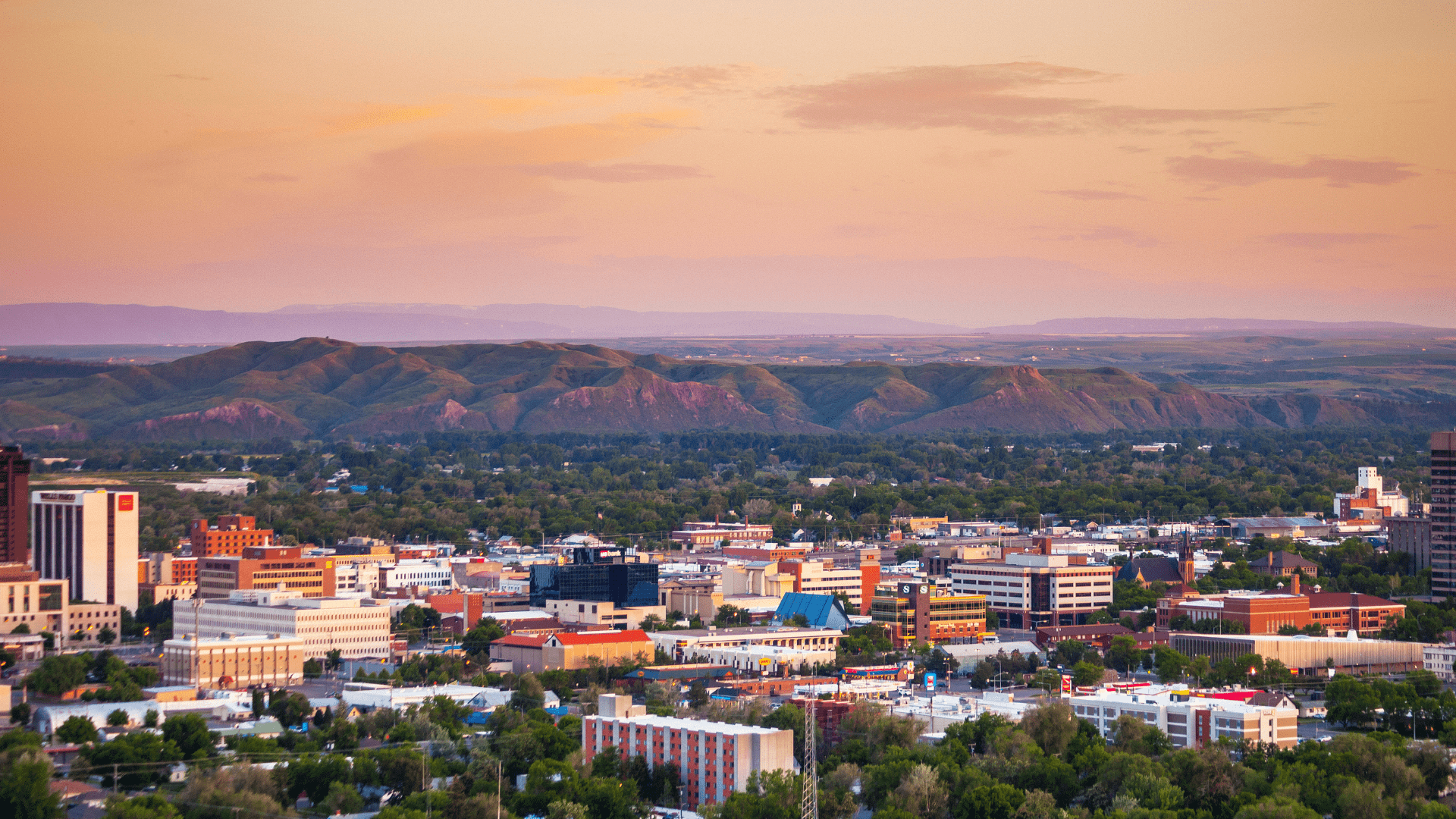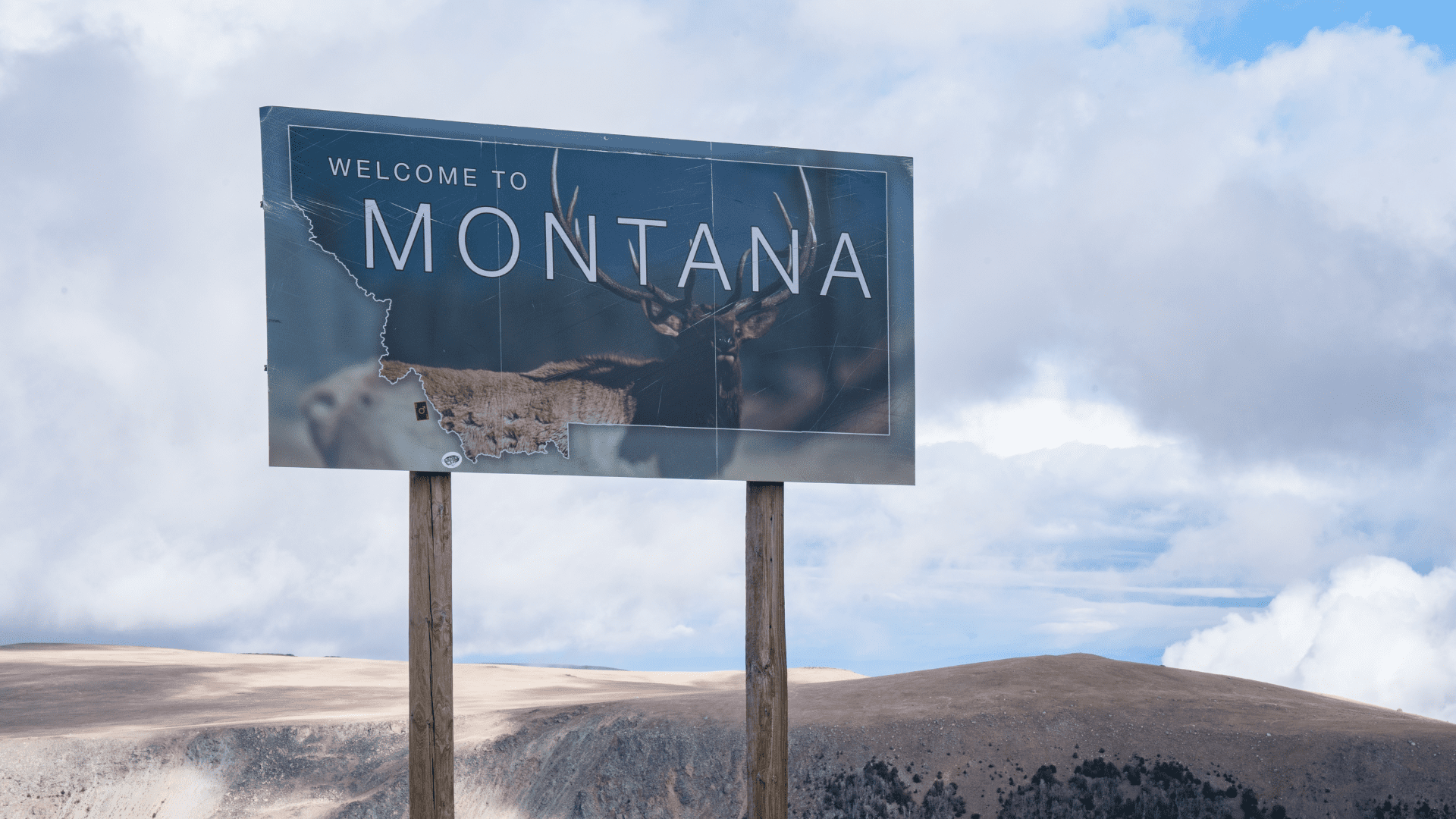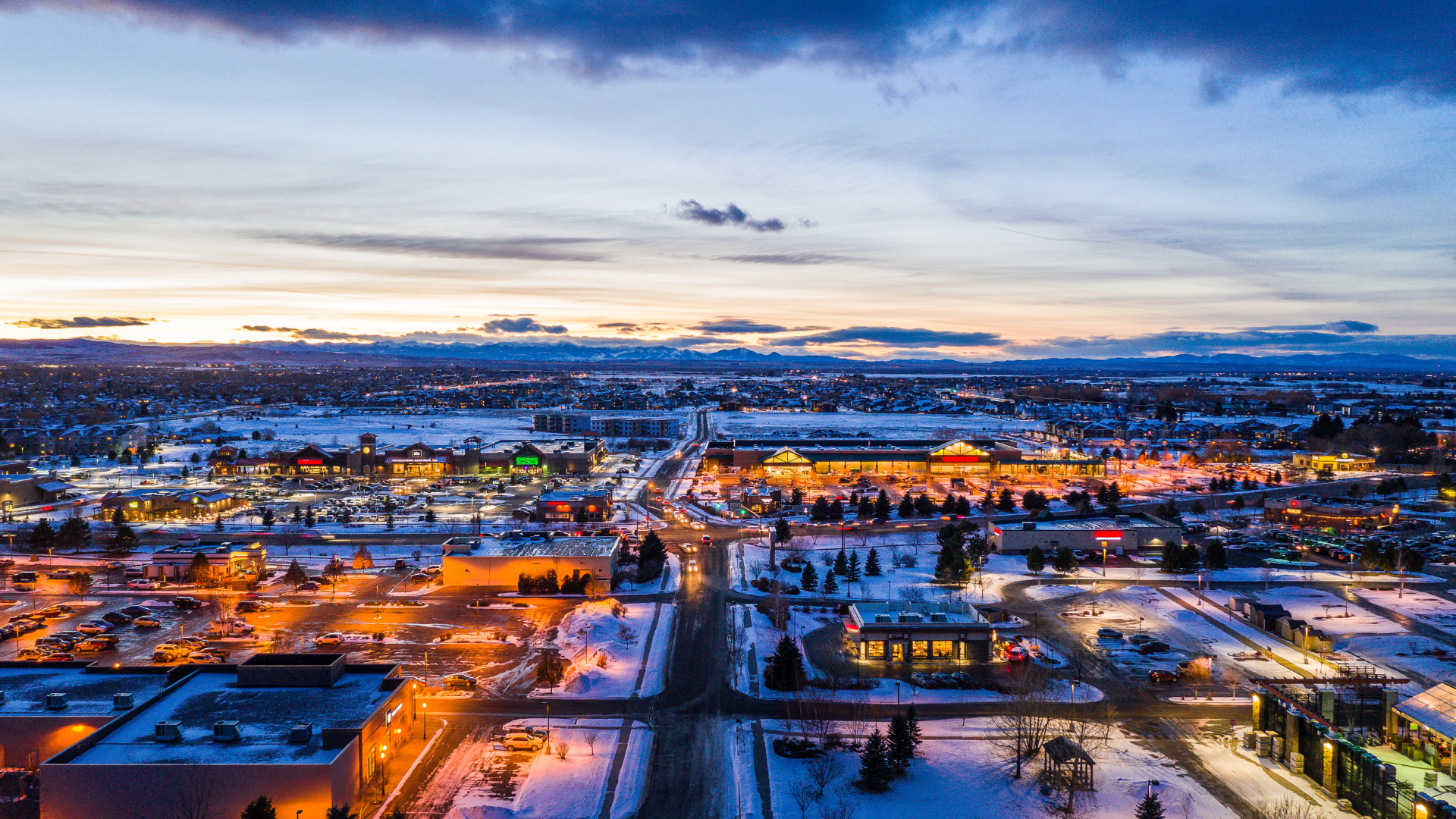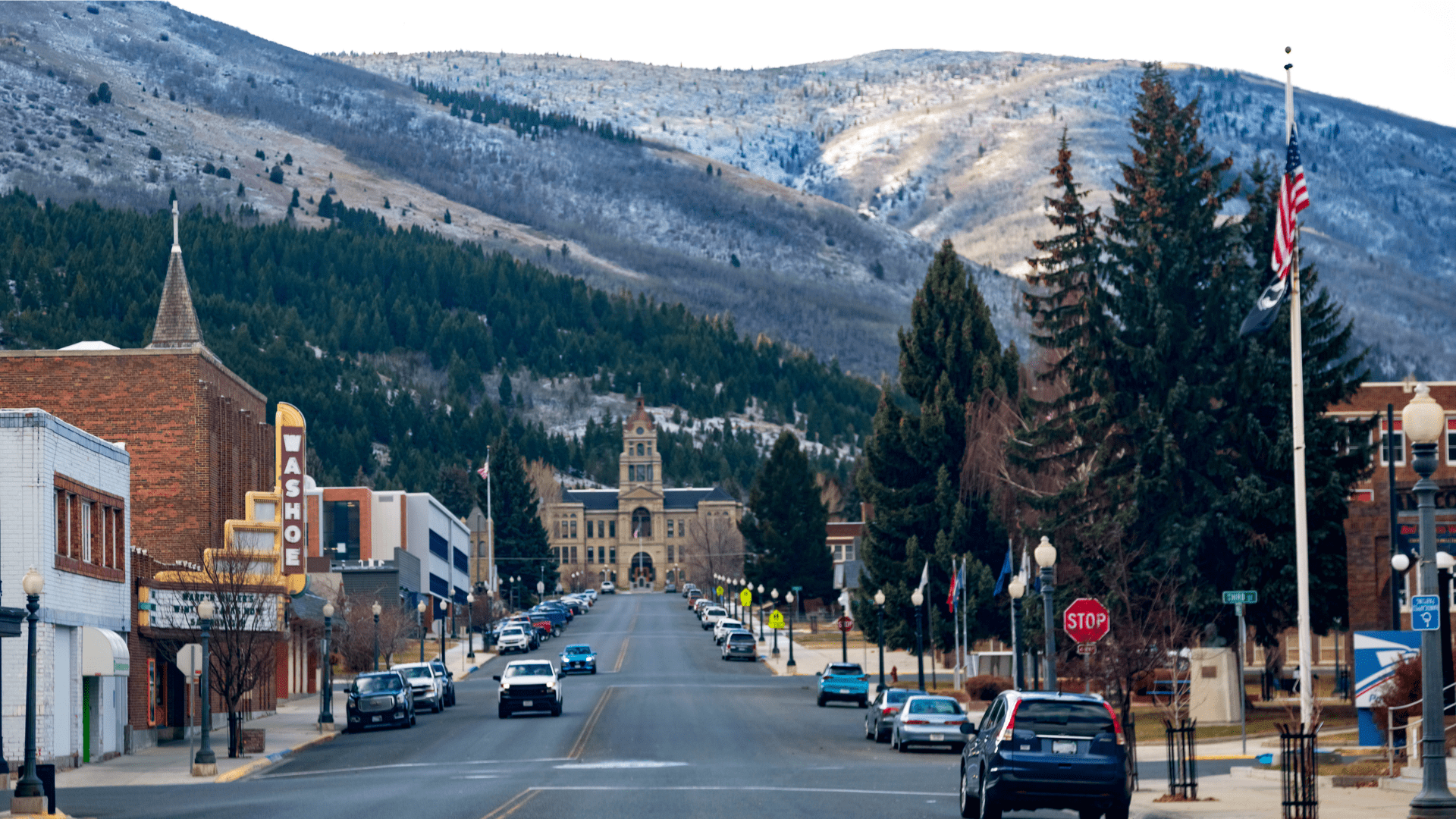
Housing Affordability: A Key Concern for Flathead Valley
By Brady Thomas Rice
Housing affordability remains a significant topic of discussion in Flathead Valley, as the region balances economic growth with the challenges of rising living costs. Montana has seen notable progress in job creation, ranking among the top five states for new jobs in the past year. However, the wage growth associated with these jobs has not kept pace with the increasing cost of living, particularly in gateway communities like Flathead Valley.
Jeff Michael, director of the University of Montana’s Bureau of Business and Economic Research, recently highlighted this dynamic, stating, “It’s good news, bad news. It’s easy to find a job in Montana, but the sectors adding the most jobs have below-average pay.” This creates a complex scenario where economic growth exists alongside challenges in affordability.
Navigating Housing Challenges
Flathead Valley’s natural beauty and appeal as a gateway community have contributed to its rising popularity. However, with this growth comes increased housing demand. According to the National Association of Realtors, Montana was ranked the least affordable state in 2024, with Flathead County experiencing some of the highest home price increases. Mortgage rates, which averaged 6.85% at the end of 2024, further impact housing affordability.
Seasonal workers, essential to the valley’s recreation and service industries, face particular challenges in securing housing. Glacier National Park, which drew nearly 3 million visitors in 2023, and other attractions in the area rely heavily on these workers, underscoring the importance of finding solutions to support them.
Balancing Growth and Livability
The housing affordability issue is not unique to Flathead Valley but reflects broader trends in gateway communities across the country. As the region grows, it is essential to ensure that housing remains accessible for those who live and work here. Efforts to address affordability could include initiatives to increase workforce housing, explore public-private partnerships, and encourage wage growth in key industries.
Flathead Valley continues to benefit from its diverse economic drivers, including outdoor recreation, tourism, and infrastructure expansion. For example, Glacier Park International Airport saw record traffic in 2024, highlighting the region’s growth and potential. However, maintaining a balance between growth and affordability will be key to sustaining the valley’s vibrant community.
Looking Ahead
Addressing housing affordability requires collaboration and a forward-looking approach. By fostering a balance between economic development and livability, Flathead Valley can remain a welcoming place for residents, workers, and visitors alike. With thoughtful planning and targeted initiatives, the region has the opportunity to continue thriving while ensuring that housing remains accessible to all.
About Brady Thomas Rice
Brady Thomas Rice is the President and Founder of The BTR Group, Inc., a firm specializing in international executive management services focused on capitalizing, developing, restructuring, and operating commercial real estate assets in complex markets. With two decades of experience, Mr. Rice is a seasoned expert in the real estate industry. He is currently leading and advising on projects in multiple jurisdictions across the US Mountain West including Montana, Utah, and Colorado along with international destination markets including Baja California Sur, Mexico and Canada.



